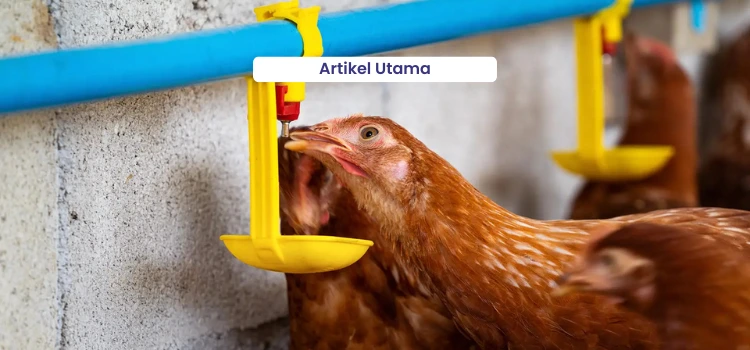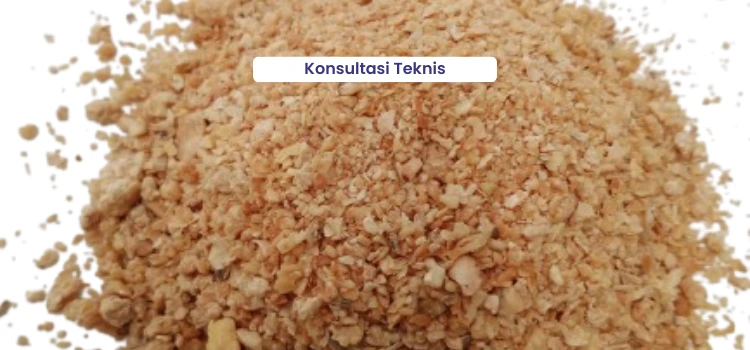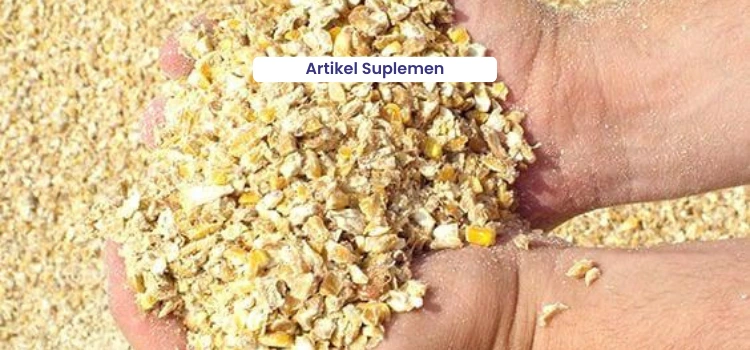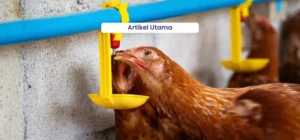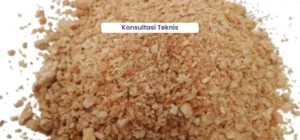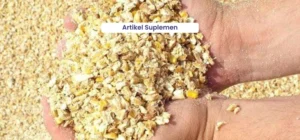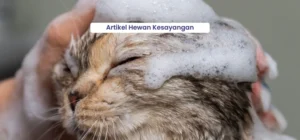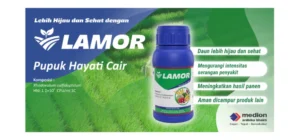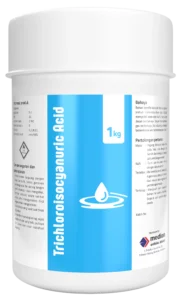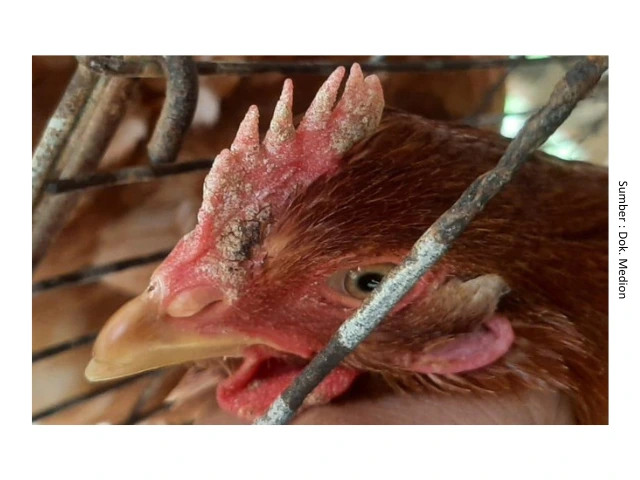
ChatGPT said:Ringworm or Favus disease (Avian ringworm) is a fungal skin infection caused by a group of zoophilic fungi known as dermatophytes. Microsporum sp., including M. gallinae and M. gypseum, are the most commonly isolated species and are considered the primary causes of Favus in chickens. In addition, other species of Trichophyton sp., such as T. simii and T. megninii, have also been frequently reported as causative agents of Favus cases in poultry.Although this disease is not regarded as a highly significant condition in chickens, it can still pose problems on some farms as it affects poultry health and productivity. The occurrence of this disease is closely associated with poor management practices and humid housing conditions. However, cases of ringworm or Favus are rarely found in farms with good and intensive management systems.
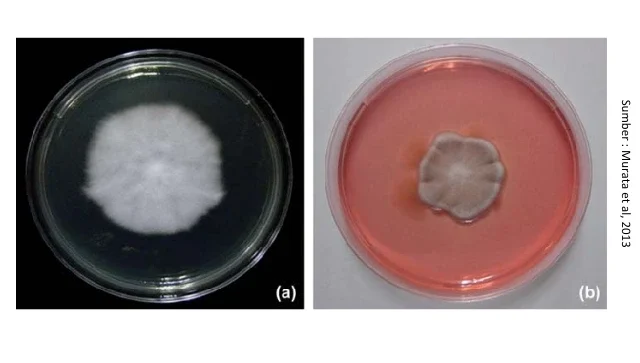
Microsporum gallinae isolated on selective media such as SDA (Sabouraud Dextrose Agar) and PDA (Potato Dextrose Agar) for approximately 21–28 days at 25°C shows grayish and pinkish coloration spreading across the PDA medium. In contrast, Microsporum gallinae isolated on SDA medium exhibits a cottony white appearance that spreads over the surface of the medium (Murata et al., 2013).
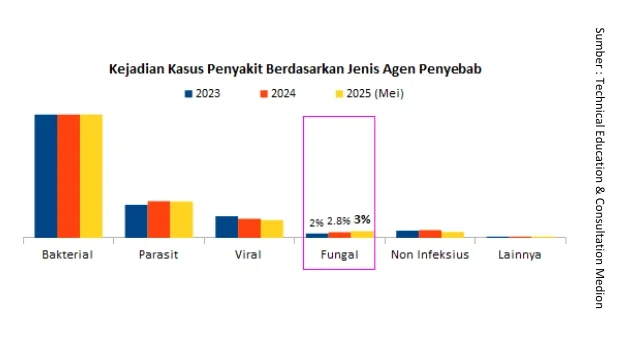
The occurrence of ringworm or Favus cases is often associated with poor coop hygiene and high humidity levels. Based on data collected by the Medion Technical Education & Consultation Team from 2023 to May 2025, cases of infections caused by fungi—including ringworm or Favus in chickens—have shown an increasing trend (Figure 1). The incidence of fungal infections in 2023 was 2%, rising to 2.8% the following year, and slightly increasing to 3% by May 2025. This highlights the importance of maintaining coop cleanliness and ensuring that chickens remain comfortable in their housing environment.
Clinical Signs of Ringworm/Favus Disease in Chickens
Ringworm or Favus disease is transmitted to chickens through direct or indirect contact with infected skin, animals, insects, farm personnel, soil, equipment, and other contaminated materials carrying the infectious agent. The disease develops through fungal hyphae invasion of the superficial layer of the skin (stratum corneum). Lesions first appear on the comb and wattles, then may spread, producing white spots that look as if sprinkled with flour or powder. As the disease progresses, these white spots begin to peel off, forming wrinkled crusts in the affected areas. The resulting hyperplasia and hyperkeratosis typically occur in the superficial skin layer, leading to minimal inflammatory response (Baron and Doneley, 2014).
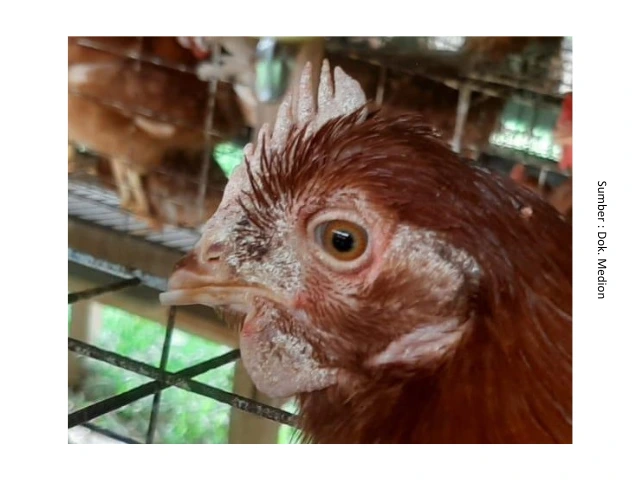
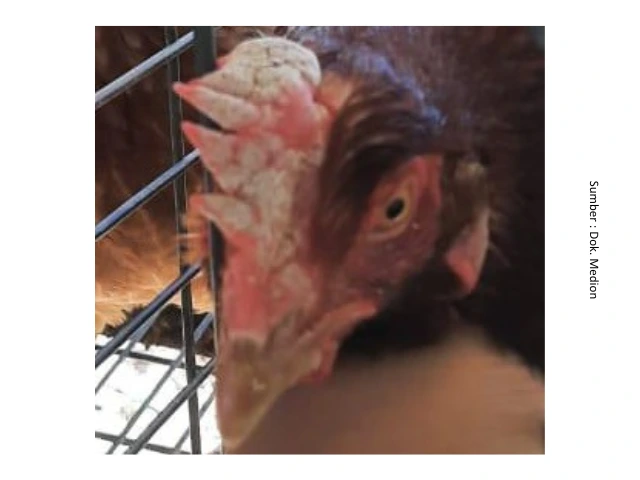
Although chickens can recover from this condition, the fungus may spread to feathered areas of the skin. When this occurs, feathers begin to fall out in certain regions, and thickened, crusty skin forms around the feather follicles. According to Bradley et al. (1998), the appearance of white plaques on the comb, wattles, face, and/or earlobes, followed by progressive feather loss extending to the neck, is often caused by infection with Microsporum gallinae.
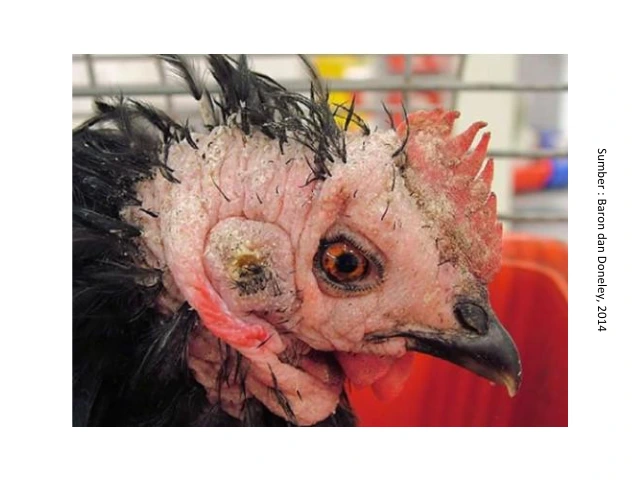
Prevention of Ringworm/Favus Disease in Chickens
Disease prevention in the poultry industry is an absolute necessity. No matter how good the management practices are, if the chickens become sick, profits that were within reach can quickly disappear. Preventing disease is easier, more cost-effective, and more beneficial than treatment because chickens that have already been infected will not perform as well as healthy ones. Even when recovery is achieved, it is often difficult for their production levels to return to normal.
Control of ringworm or Favus cases can be achieved through the implementation of strict biosecurity measures, good management practices, and supportive treatments, including the following:
- Maximize the implementation of the three biosecurity zones by restricting the movement of people and vehicles in and out of the farm.
- Regularly clean and sanitize the coop and its equipment using disinfectants such as Antisep/Neo Antisep.
- During downtime, the coop must be thoroughly cleaned in every area. Gaps, corners, and the underside of elevated cages must not be overlooked. After all equipment has been removed, clean the coop using detergent and scrubbing, then rinse with high-pressure water. Apply lime to all interior parts of the coop—such as floors and poles—as well as the exterior areas.
- Create a comfortable environment for the chickens by avoiding overcrowding, ensuring adequate ventilation in the coop, and, if possible, implementing an “all in all out” system. Additionally, apply a minimum resting period of two weeks after the coop has been thoroughly cleaned and disinfected.
Treatment of Ringworm/Favus Cases
The occurrence of ringworm or Favus disease usually affects only individual chickens within a flock and spreads very slowly through physical contact. Coop contamination can occur; therefore, disinfecting the coop and isolating infected individuals are important control measures. According to the study by Bohm and Sasu (1973), infections from this disease tend to heal spontaneously after about 10 weeks.To accelerate recovery from ringworm or Favus cases, treatment can be administered using Mycoraid, which contains miconazole, and/or Antisep/Neo Antisep, which contain iodine, applied topically to the infected skin areas. Supportive therapy with Imustim or Fortevit can also help accelerate the healing process
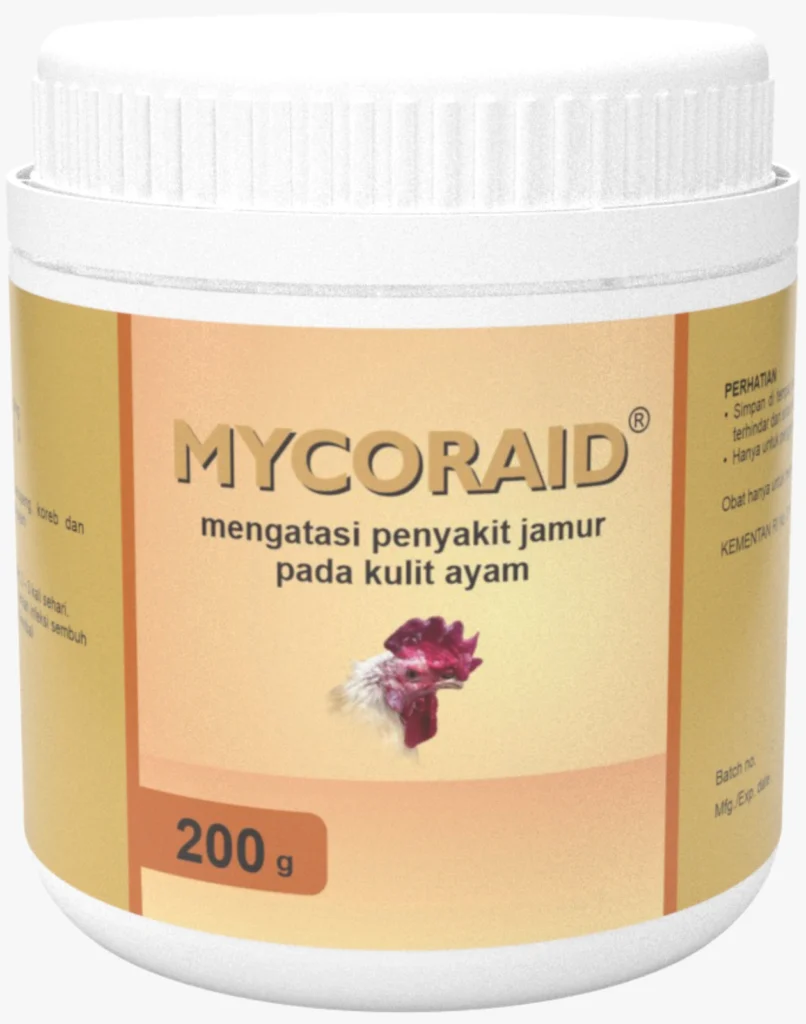
Ringworm or Favus disease is still found in Indonesia, particularly in layer chicken farms. This highlights the importance of maintaining coop hygiene, conducting regular sanitation and disinfection, and ensuring a comfortable environment for the chickens. Although several effective treatments have been reported, mild cases often recover without medication. However, when a case occurs, infected individuals should be immediately isolated from the rest of the flock to prevent disease transmission. In severe Favus cases, recovery is very difficult to achieve. Therefore, in the poultry industry, disease prevention remains the primary and most crucial step to minimize further losses.


